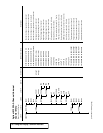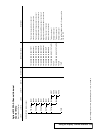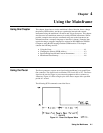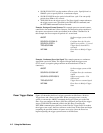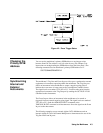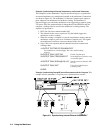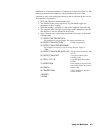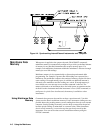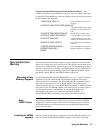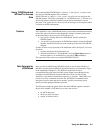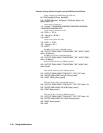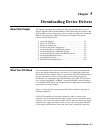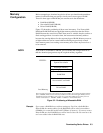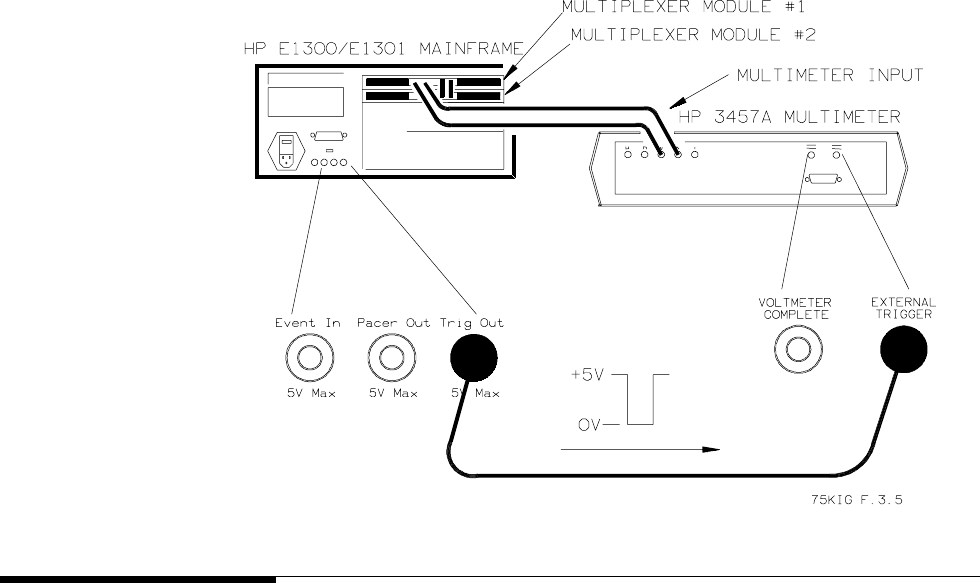
1
Mainframe Data
Memory
When power is applied or the system rebooted (DIAG:BOOT command),
mainframe memory is automatically configured to provide a predefined amount
of memory for any installed instruments that require memory space. For
example, each multimeter instrument within the mainframe is allocated enough
memory to store 100 readings.
Mainframe memory is also automatically re-allocated upon demand while
programming. For example, if greater than 100 readings are requested for a
multimeter, the mainframe computes the amount of memory required for these
extra readings. If enough memory space is available, an additional amount is
allocated to the multimeter and the readings are stored. If enough memory is
not available, an error message occurs and the command is aborted. The
memory allocated to an instrument above the initial power-on amount remains
dedicated to that instrument until that instrument is reset (*RST command) or
until power is cycled. Once de-allocated, the memory is available to other
instruments.
Using Mainframe Data
Memory
Commands that generate data and do not have a question mark (?) in their
syntax store the data in mainframe memory. Faster instrument reading rates are
possible when using reading memory versus sending data directly to an external
computer. Storing readings in memory can also help to ensure that the period
between paced readings is maintained at a constant value. When instrument
data is stored in memory, it overwrites any data previously stored by that
instrument. You can retrieve data stored in mainframe memory using the
FETCh? command.
Figure 4-4. Synchronizing Internal/External Instruments and Computer
4-6 Using the Mainframe



